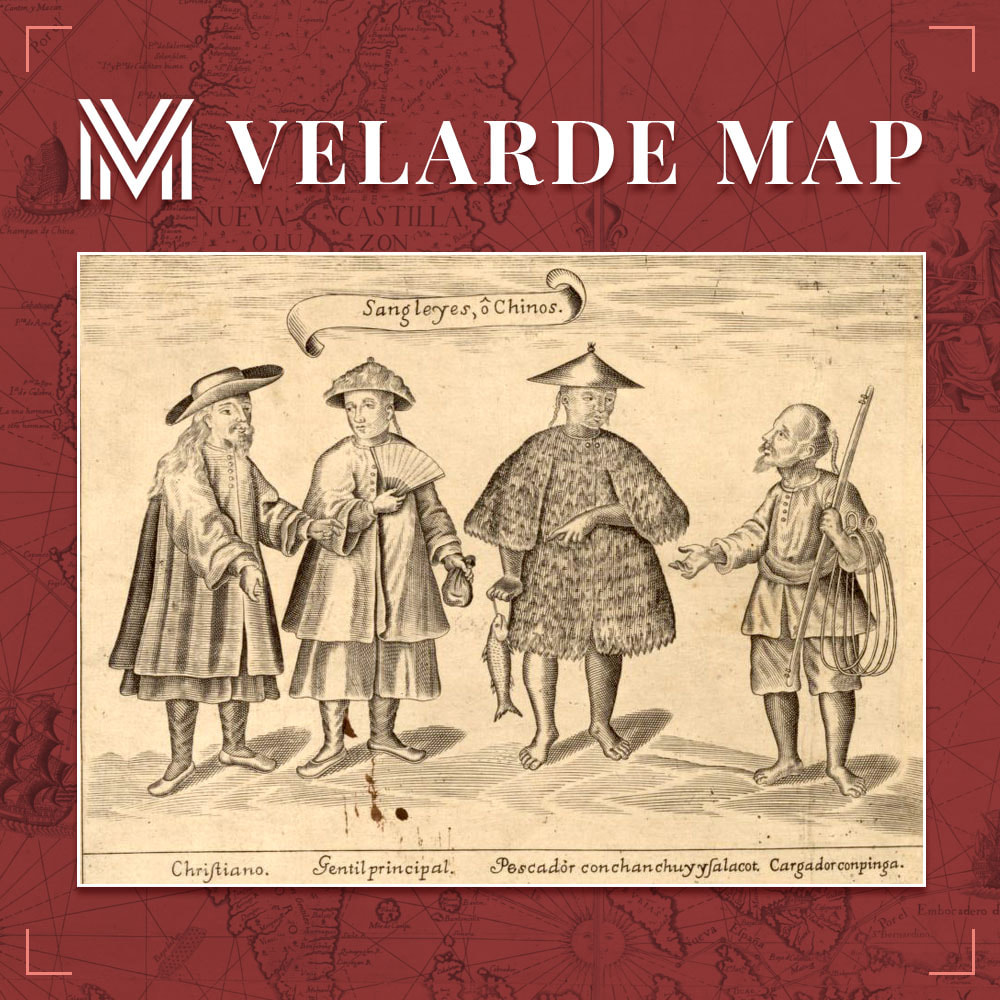2 photos
- Home
- Members
- Groups
- Pages
-
More
- Blogs
- Nominees
- Honorees
- Awardees
- Map Bearers
- Cultural Partners
- Map Ambassadors
- Map Collectors & Gifters
- Map Recipients
- Map Beneficiaries
- Map Patrons
- Military Map Ambassadors
- Civic Ambassadors
- Guardians
- Courses
- Forum
- Albums
- Events
- Polls
- Videos
- Businesses
- Music
- Classifieds
- Membership Subscription
- Velarde 1734 Map compilation
- Home
- Members
- Groups
- Pages
- Blogs
- Nominees
- Honorees
- Awardees
- Map Bearers
- Cultural Partners
- Map Ambassadors
- Map Collectors & Gifters
- Map Recipients
- Map Beneficiaries
- Map Patrons
- Military Map Ambassadors
- Civic Ambassadors
- Guardians
- Courses
- Forum
- Albums
- Events
- Polls
- Videos
- Businesses
- Music
- Classifieds
- Membership Subscription
- Velarde 1734 Map compilation
Notifications






